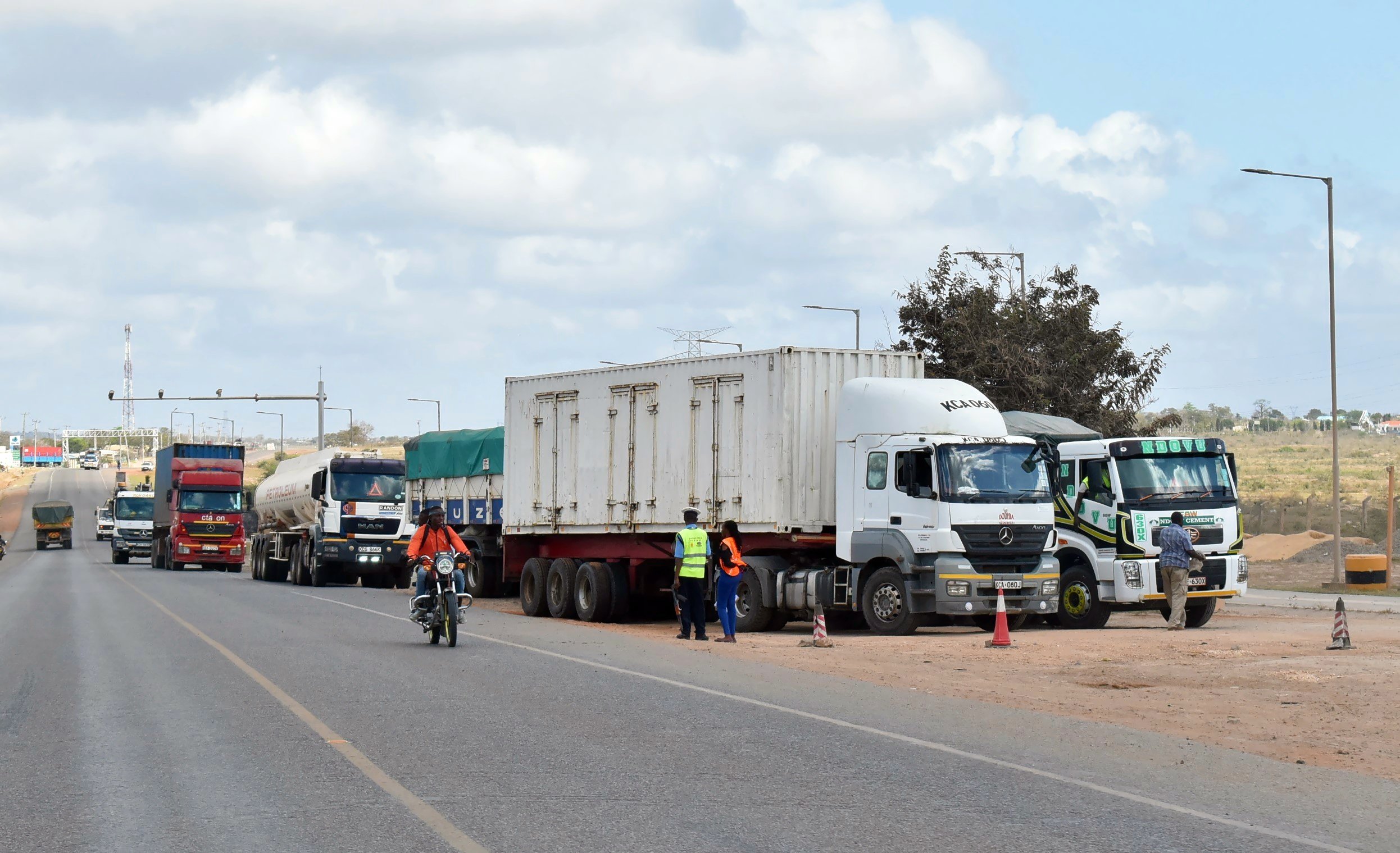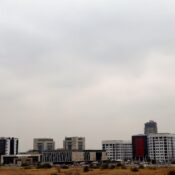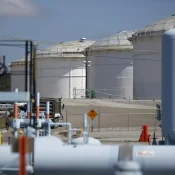
States in the Northern Corridor advocate for a shorter freight route to Tanzania
In an effort to increase the appeal of the Mombasa port, countries supporting the Northern Corridor—a regional road connectivity project—are attempting to court Tanzania to permit cargo bound for Burundi, Rwanda, and the Democratic Republic of the Congo (DRC) to pass through its borders. This will reduce transit times and ease costs.
Beginning at the port of Mombasa, the 1,700 km long Northern Corridor connects Kenya, Uganda, Rwanda, Burundi, and the Eastern Democratic Republic of the Congo.
At a meeting last week, the secretariat of the Northern Corridor Transit and Coordination Authority (NCTTCA), which represents the six Northern Corridor member countries, was instructed to start negotiations with Tanzania regarding the plan.
If the plan is effective, trucks operating in the Northern Corridor—which currently travel a distance of around 400 kilometers—from Mombasa through Uganda to Rwanda, Burundi, and the Democratic Republic of the Congo (DRC) will be able to utilize the quicker route via Tanzania.
The line travels through Taveta and into Holili in Tanzania. According to the council of ministers, which is presided over by Uganda’s Minister of Works and Transport Katumba Wamala, utilizing this route will “not only reduce costs of transit transport but also increase Mombasa Port throughput.”
Tanzania, which likewise wants to increase throughput at the port of Dar es Salaam and the Central Corridor, has not geofenced the route, so cargo trucks bound for other nations cannot use it at the moment. As a result, carriers are not using it.
The Regional Electronic Cargo Tracking System must be used to trace trucks transporting imported goods, according to the East African Community (EAC) customs union. The short Taveta-Holili route currently requires truckers to place a “bond” for the cargo at the Mombasa port, submit it at the border, wait for it to be cancelled, then create another one for Tanzania. This process typically takes three days or longer.
“The area from Holili needs to be geofenced for this reason. A 21-kilometer stretch has not been geofenced, according to Omae Nyarandi, NCTTCA executive secretary.
All Categories
Recent Posts
Tags
+13162306000
zoneyetu@yahoo.com



